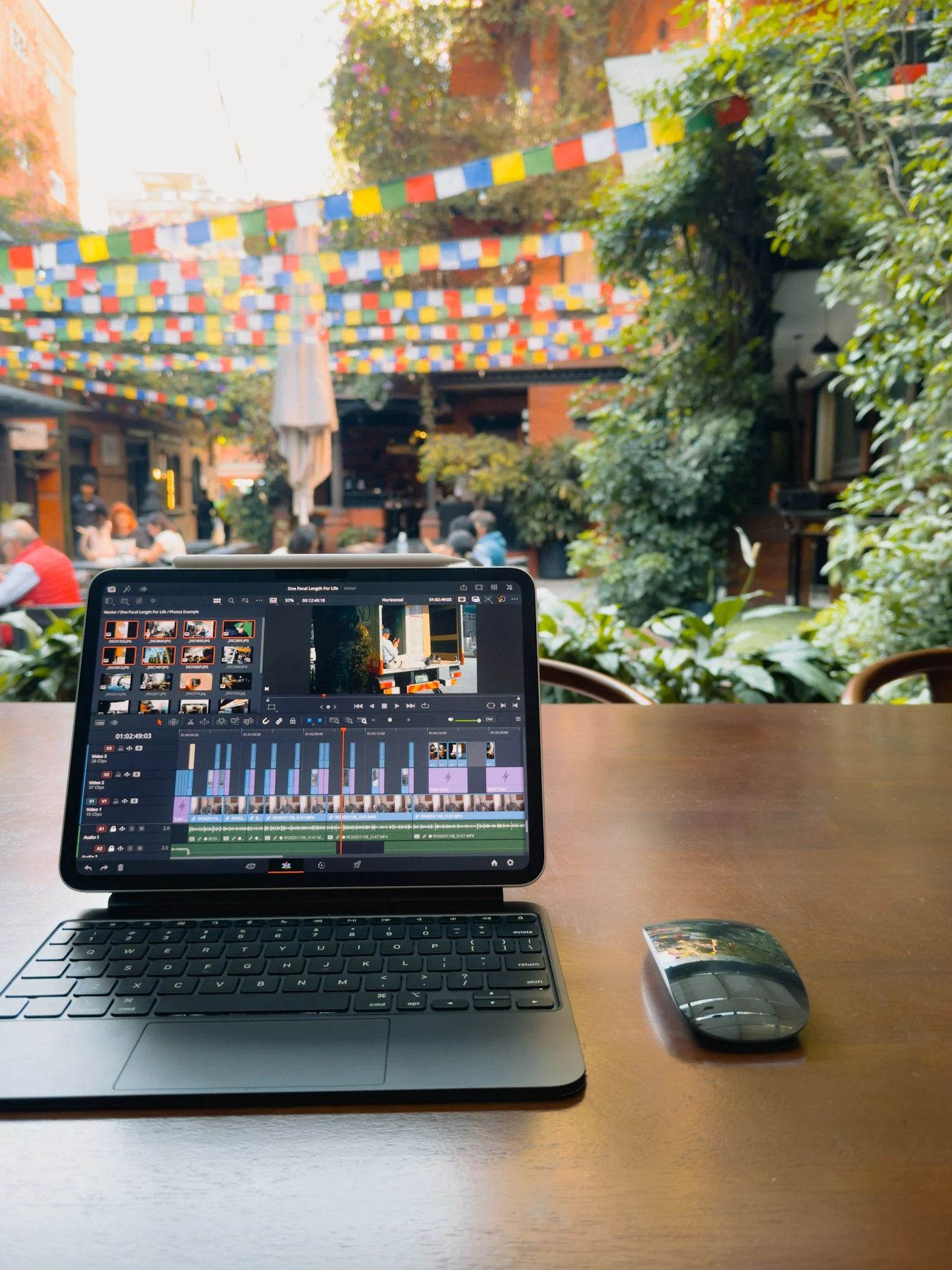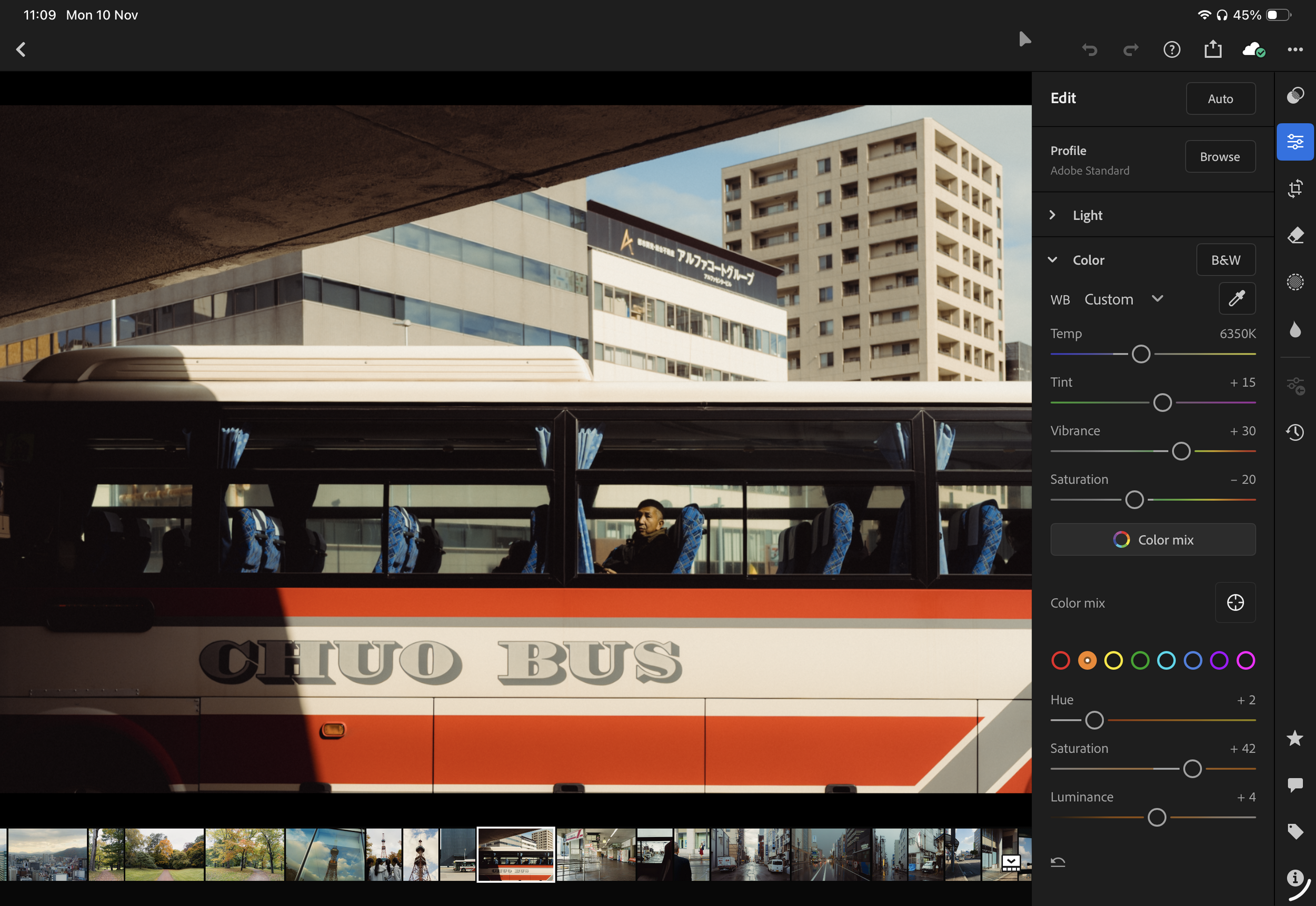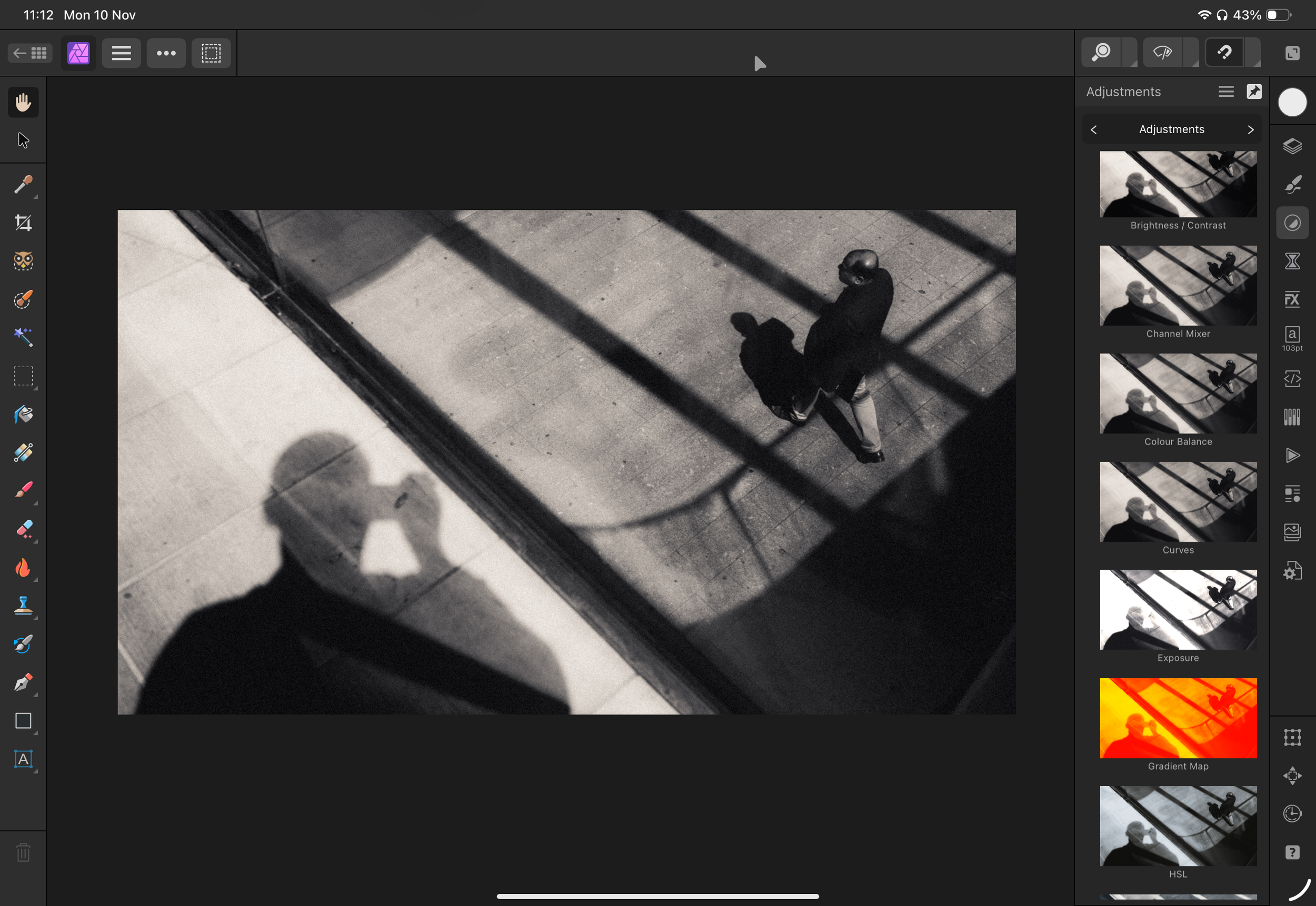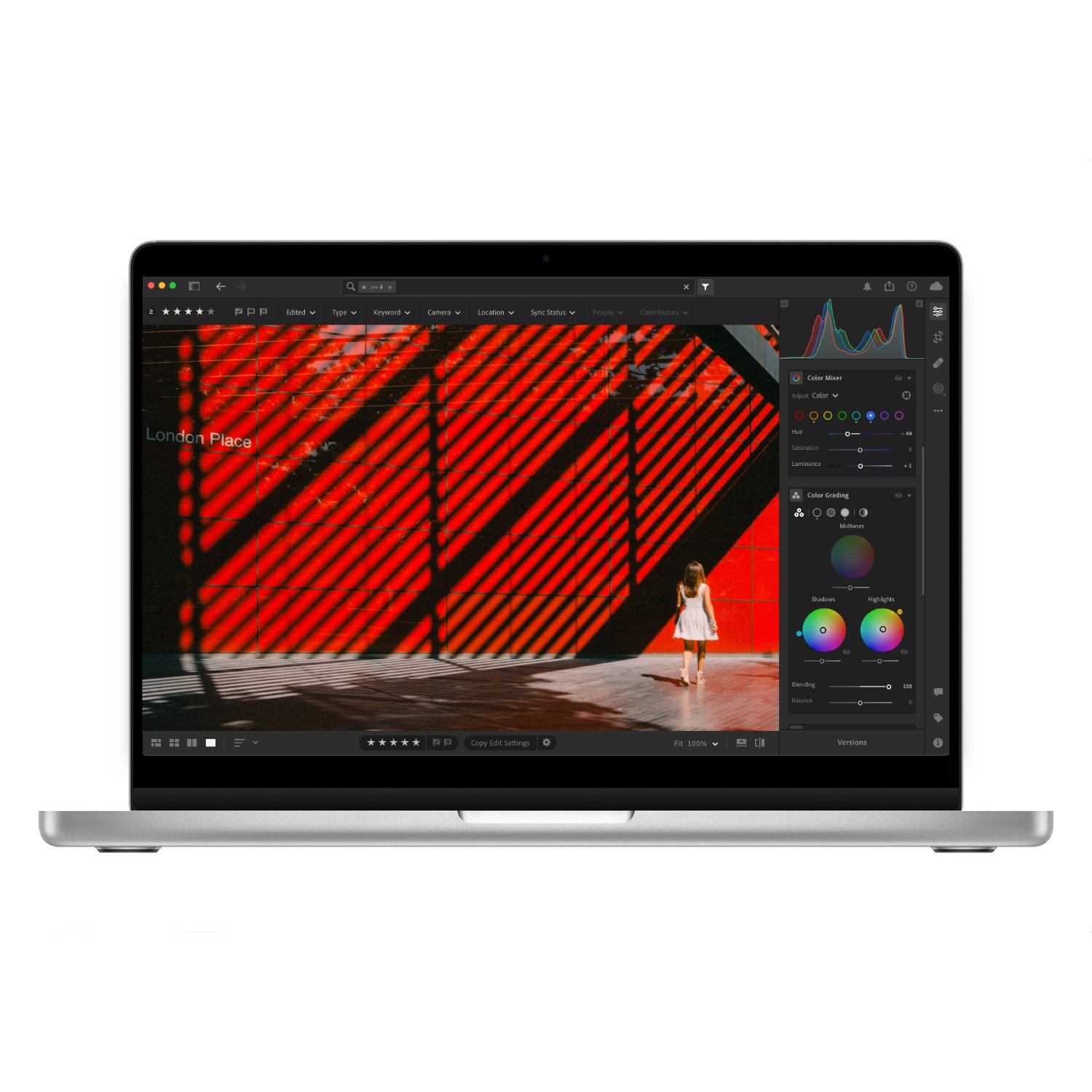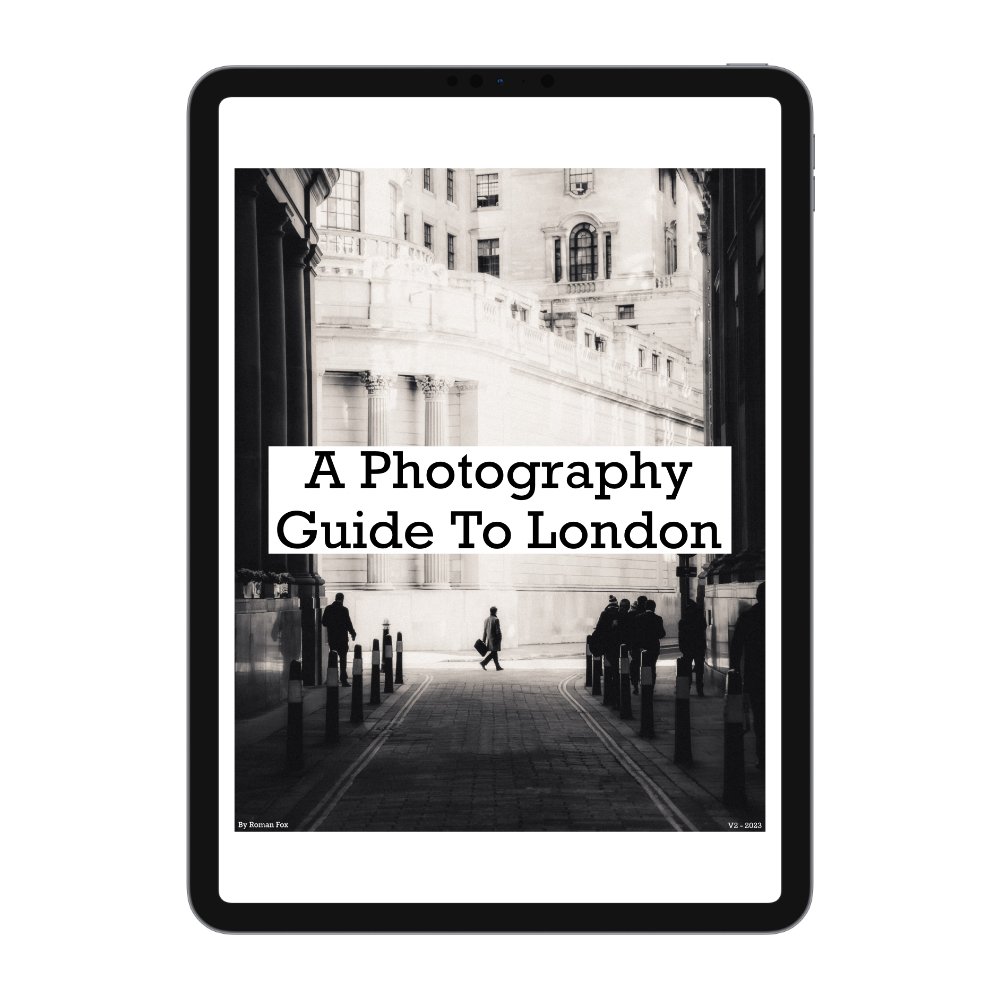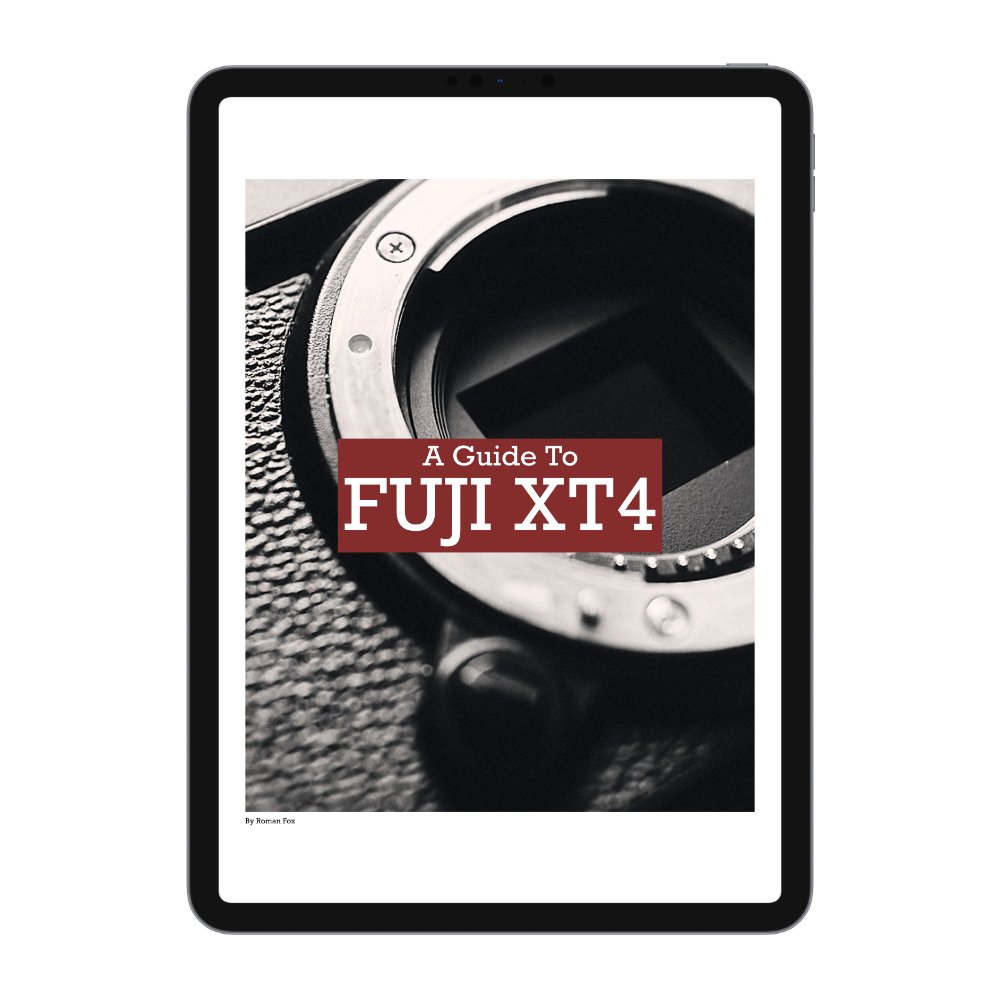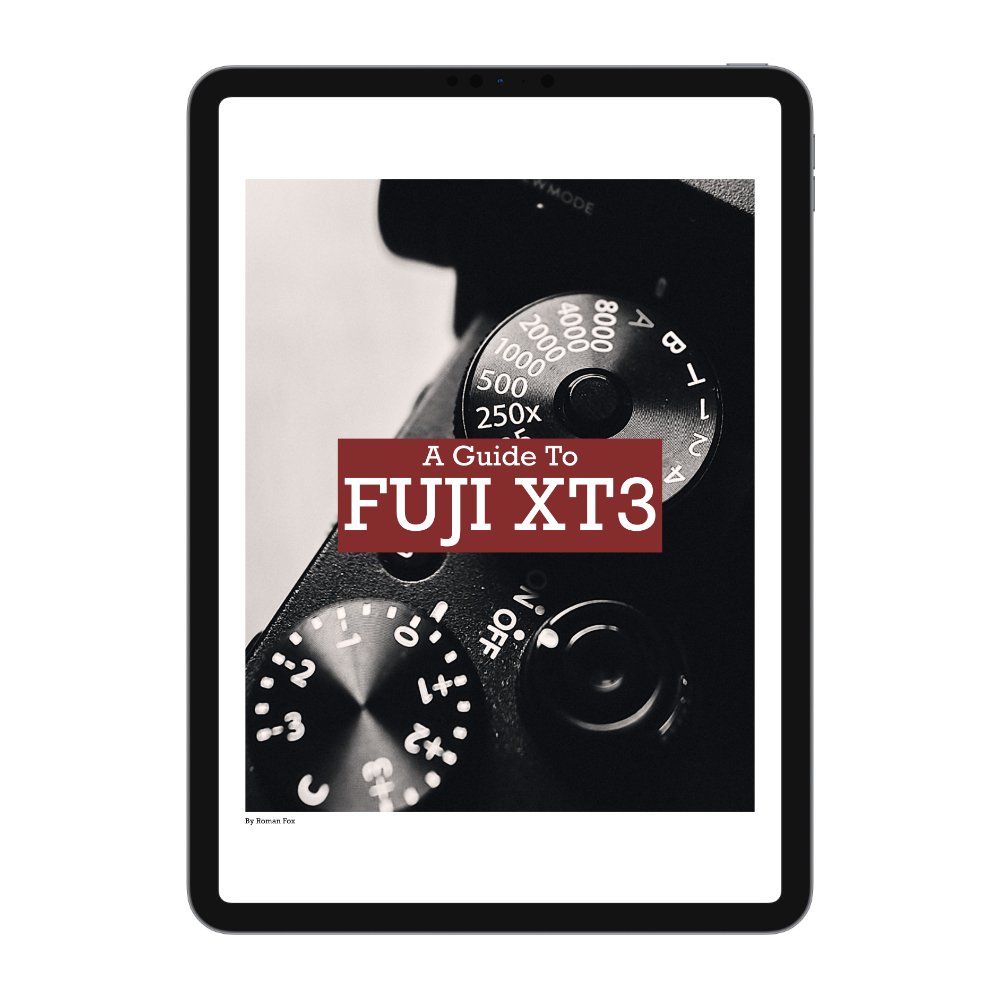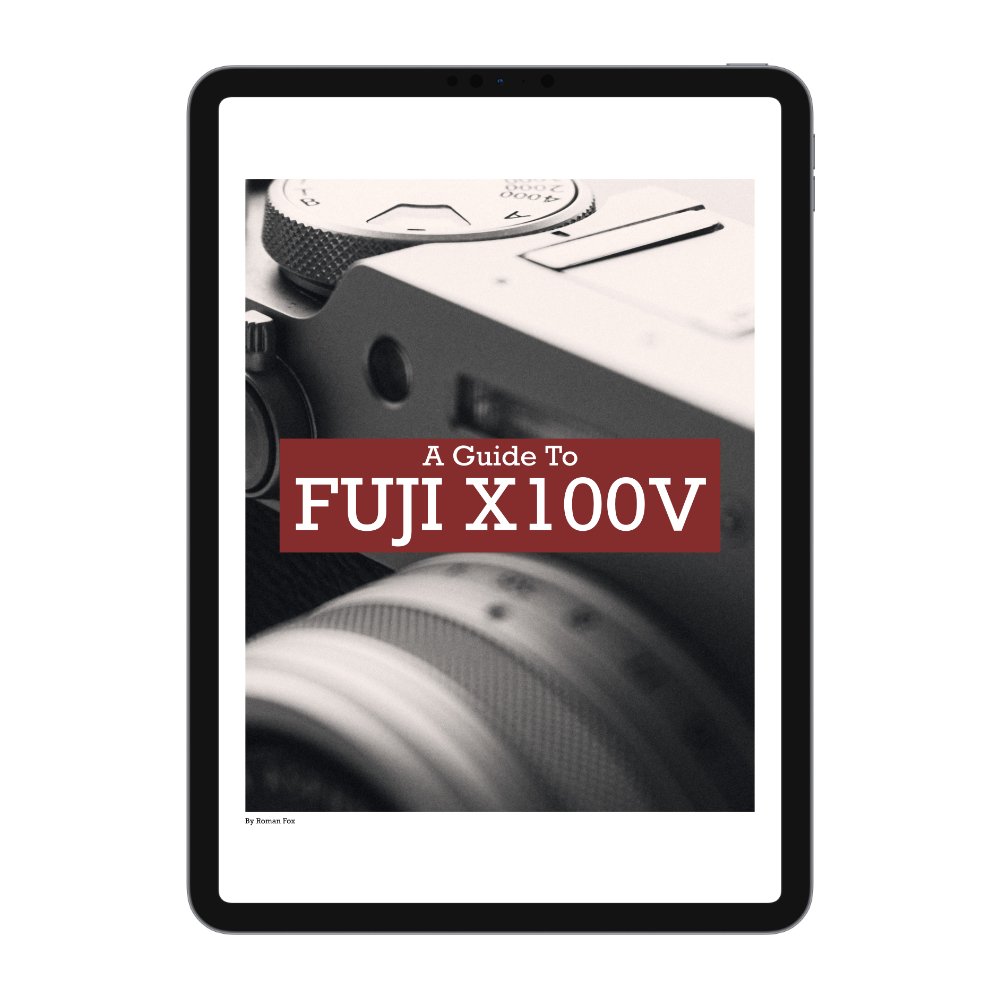iPad for Photographers Review (iPadOS26)
I’ve been using an iPad for photo editing ever since the first Pro came out, and I’ve had one as a constant part of my workflow since the M1 was introduced back in 2021. I’ve had periods where I used it exclusively, and even now as I write this, I am on a four-month trip with only my M4 iPad Pro. My Mac is at home. Safe to say, I’m well-versed in using this device for photo editing, and in this blog, I will share the good, the bad, the ugly, and whether it’s worth the money
Hardware
I am using an 11” M4 iPad Pro. This one has 2TB of storage, but that’s only because I edit videos. If not for my YouTube channel, 1TB would be my choice since you get the extra RAM. While the iPad alone is technically sufficient, if you want the full experience, then the Magic Keyboard and Pencil are a must. I would also recommend a small mouse for longer editing sessions when sitting at a desk. The reason I went for the 11” model is portability. I once owned the 12.9”, and it was bigger than my MacBook Pro. The smaller form factor allows me to throw this iPad into a sling and take it everywhere without feeling the extra bulk. The reason I went for the Magic Keyboard is because it allows me to work on my lap without needing a desk.
When it comes to performance, the M4 iPad Pro is incredibly powerful and can handle most tasks you throw at it. With that said, its biggest enemy is heat. Given the thin design, as soon as it warms up, performance drops, and battery life drains quickly. The biggest bottleneck appears when you’re culling through photos and exporting large batches of images. This is especially noticeable with high-resolution files, like those from the Sony A7R. The issue gets worse if you’re charging the iPad while exporting or culling. In the 1.5 years I’ve owned it, I’ve had to stop editing a couple times and let it cool down, so this isn’t a dealbreaker, just something to keep in mind. Battery performance overall is fine, but if you’re used to Mac-level endurance, you might be disappointed.
Software
I am currently running iPadOS 26.1, and while Apple has made some improvements to multitasking, they’ve also introduced a bunch of new bugs. This is typical Apple, and after a few updates, most will be fixed. With that said, this version of the software makes the iPad a legitimate computer for serious work. It’s not perfect though, and there are still tasks you can’t do at all, such as batch renaming photos in Finder. Other workflows are simply not as efficient as on a Mac, and if you’re processing hundreds of gigabytes of data, bugs and random slow downs can appear. Another thing to keep in mind, is while Apple has made strides in making the iPad a more Mac like experience, the fundamental architecture is still iOS. This means that typical iOS annoyances such as the share sheet, files app, and general workflow still persist. The iPad excels at one thing which is working on one or max two things at once. If you want to multi task, the iPad will drive you nuts. If you want to focus on one task at a time, it’s fantastic.
Finally it’s worth keeping in mind that the iPad is much less customisable than the Mac. For example, you can’t assign system wide custom keyboard shortcuts. You also can’t properly utilise custom buttons on third party mice. This is frustrating, because the hardware is there, but of course Apple will hold the software back as to not damage its Mac sales.
Apps
There are thousands of photo apps out there, but after testing my fair share, I rely on only a handful. My main photo editing and cataloguing software is Adobe Lightroom. It’s far from perfect and has about 70% functionality of the desktop version, but for basic editing needs on the road, it’s enough. It also syncs with Adobe Cloud, so all your photos are backed up, assuming you have a good internet connection.
The second app is Capture One, which I feel is superior in terms of data management, tools, and organisation, though it still lacks a few key features. Luckily, it’s updated often with new features added regularly.
For heavier editing and compositing, Affinity Photo is fantastic. It’s almost a direct clone of the desktop version and includes most of its features.
For making zines and photo books, Affinity Publisher is my go-to app. Just like its photo counterpart, it’s nearly a full desktop clone and an incredibly powerful publishing tool.
While these apps allow me to edit on the road, they are still more limited than their desktop versions. They also tend to have more bugs and crash more often compared to my MacBook. This is frustrating because the hardware is clearly capable, but it feels like these apps are intentionally held back.
Editing Experience
I personally love editing on the iPad, especially when holding it in my hands. You feel more connected to the images because you’re physically interacting with them, not just looking at a giant monitor on a desk. While this editing style isn’t for everyone, and there are times when I need a bigger screen, it’s easily the most enjoyable and immersive editing process. Add the Apple Pencil into the mix, and now you can draw light, shadow, colour, or texture directly onto the photo, which adds to the overall experience. I love kicking back on the sofa, iPad in hand, coffee nearby, and editing with my hands.
Portability
Assuming you get the 11” model, the iPad is incredibly portable, which is one of its biggest selling points. Whether you’re carrying it in a small crossbody sling or using it in the back of a cramped bus, portability is one of the iPad’s strongest advantages.
Usability
The iPad is an incredibly versatile device and can be used in several different ways. You can hold it like a giant iPhone and use the touchscreen. You can use it as a drawing canvas with the Apple Pencil. You can attach a keyboard case and use it like a laptop. You can even plug it into a monitor, connect a keyboard and mouse, and use it as a desktop. This flexibility is what I love most about the iPad, as you’re never locked into one way of working.
iPhone Photography Guide
If you’re reading this, chances are you also have an iPhone and use it for photography. If you’re enjoying this blog and finding the information useful, may I recommend the iPhone Camera Guide. It’s your one-stop resource for getting the most out of the iPhone. It goes deep into setup, settings, and techniques and includes a collection of iPhone-optimised presets with free lifetime updates. As new phones are released, you’ll continue to receive updates automatically. This is the most direct way to support my work and keep this blog ad-free. Thank you.
iPad Pro or MacBook?
The iPad Pro is an expensive device, and once you add all the extras, it can cost as much as a MacBook, sometimes even more. Naturally, many people will wonder whether it’s worth it, and for many photographers, it might not be. If you’re on the fence, here’s how I’d decide.
Get the iPad if:
You already have a computer at home and need a small, portable device for travel.
You love using a touchscreen and want it to be your main interface.
You enjoy using the Apple Pencil to interact with and edit photos.
You like holding the device in your hands like a book.
You don’t need all the desktop features, or you’ll only use the iPad while travelling.
You want the smallest device possible that still gets work done and fits into a sling.
You often work in dirty, damp, or risky environments. The Magic Keyboard offers great protection, and if damaged, you only need to replace the keyboard.
You prefer Apple’s iOS ecosystem over macOS.
You use specific apps that only run on iOS or iPadOS.
You have disposable income and don’t mind paying for luxury and convenience over value.
Get the Mac if:
You want the best performance and battery life.
You want the most stable and complete software.
You need feature-rich professional apps.
You don’t mind a larger, heavier device.
You prefer a traditional laptop editing experience and don’t care for a touchscreen.
This will be your one and only device.
You want the best value for money.
Laptop Replacement?
Every year when a new iPad is released, or new software drops, plenty of videos appear trying to answer the question: can an iPad Pro replace a traditional laptop? The short answer is that it depends on your needs. Even your iPhone can replace a laptop if your requirements are simple enough.
For many tasks, the iPad can absolutely replace a laptop in its current form. My mum, for example, has never owned a laptop and has used an iPad as her main computer since the day it came out. However, I’d only consider it a true laptop replacement if portability and touch input are essential for you. If a MacBook Air is portable enough and you don’t care about touch, then there’s no real reason to get an iPad to replace a laptop.
If you have the money, by all means, get one as a secondary device. But for most photographers, I would struggle to recommend it as your only machine.



